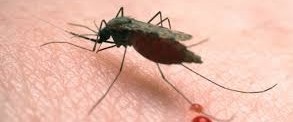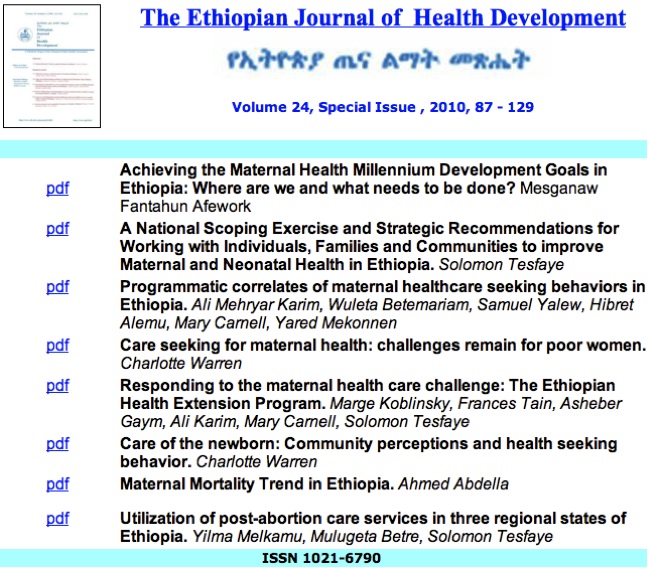![]() Even if 36 million patients with tuberculosis were successfully treated, and up to 6 million lives were saved during the past 15 years, tuberculosis remains a major public health problem. More than 9 million cases occur every year.
Even if 36 million patients with tuberculosis were successfully treated, and up to 6 million lives were saved during the past 15 years, tuberculosis remains a major public health problem. More than 9 million cases occur every year.
Unfortunately, only a little more that half of the expected cases are identified yearly and receive proper care. We therefore need novel measures to diagnose, treat, and thus stop transmission of tuberculosis.
Many have previously questioned the role of active case finding in reducing tuberculosis prevalence. Recently, several active case-finding strategies for tuberculosis were tested and proved to be effective, both in urban (Corbett, Bandason et al. 2010) and rural settings (Datiko and Lindtjørn 2009). The Lancet study (Corbett, Bandason et al. 2010) also documented the effect on the prevalence of culture-positive tuberculosis. The study from Ethiopia also showed that active case finding is a cost-effective strategy (Datiko and Lindtjørn 2010).
These studies highlight active case-finding in tuberculosis control efforts, especially in settings where HIV is prevalent and in weak health systems.
Some of the research priorities for countries with weak health systems should include:
- Evaluate tools for effective active case-finding so it reduces tuberculosis prevalence. To do this we should also set up good records on tuberculosis prevalence, and thus be able to document a future decline in tuberculosis prevalence.
- We need to develop different models for active case finding in communities. By this, I mean practical tools on how to do this in a local community. We are starting a new research in Ethiopia to develop “tuberculosis suspect registries” in the communities as a tool to identify patients with tuberculosis.
- In addition, we urgently need fast, accurate, and simple diagnostic test.
And, scaling up active case-finding outside health institutions needs to be paired with increased scientific interest, research investment, and political commitment for high-quality basic and operational research.
Corbett, E., Bandason, T., Duong, T., Dauya, E., Makamure, B., Churchyard, G., Williams, B., Munyati, S., Butterworth, A., & Mason, P. (2010). Comparison of two active case-finding strategies for community-based diagnosis of symptomatic smear-positive tuberculosis and control of infectious tuberculosis in Harare, Zimbabwe (DETECTB): a cluster-randomised trial The Lancet, 376 (9748), 1244-1253 DOI: 10.1016/S0140-6736(10)61425-0
Datiko DG, Lindtjorn B (2009) Health extension workers improve tuberculosis case detection and treatment success in southern Ethiopia: a community randomized trial. PLoS One 4: e5443.
Datiko DG, Lindtjorn B (2010) Cost and cost-effectiveness of smear-positive tuberculosis treatment by Health Extension Workers in Southern Ethiopia: a community randomized trial. PLoS One 5: e9158.

